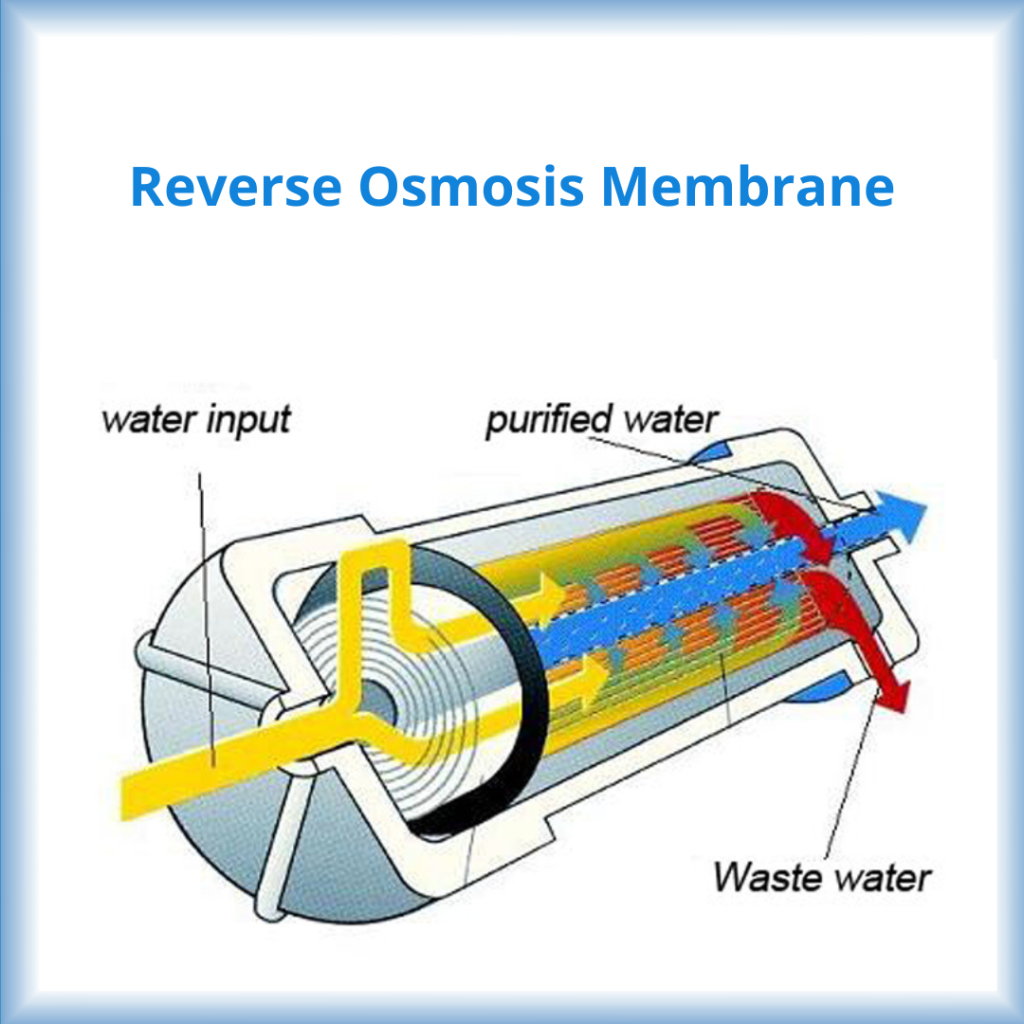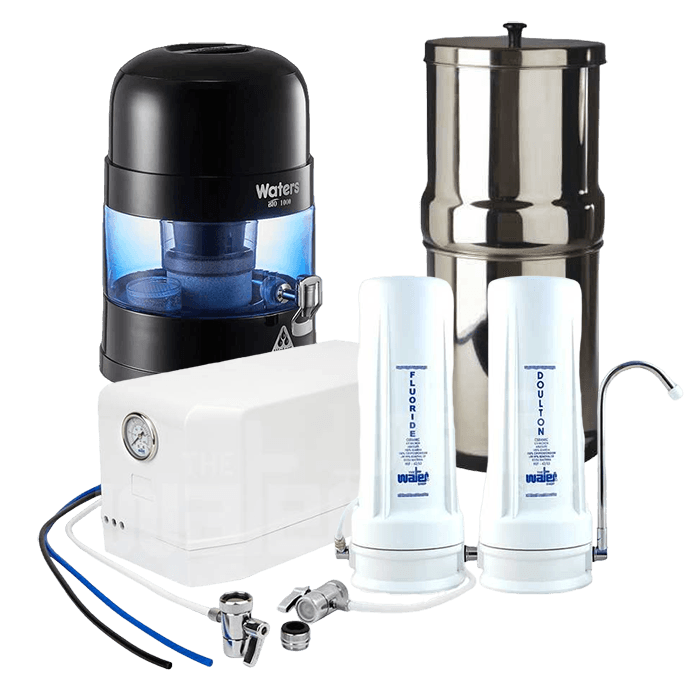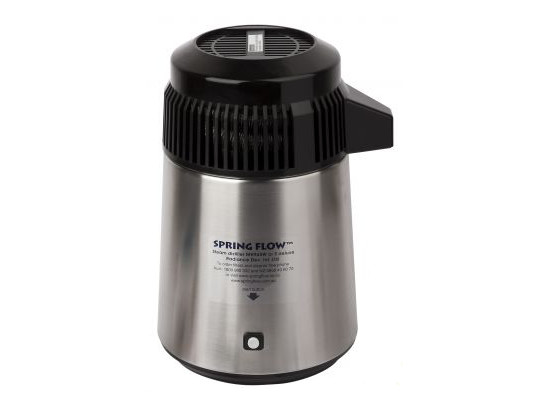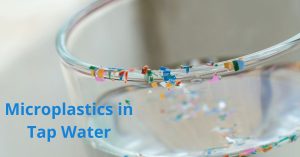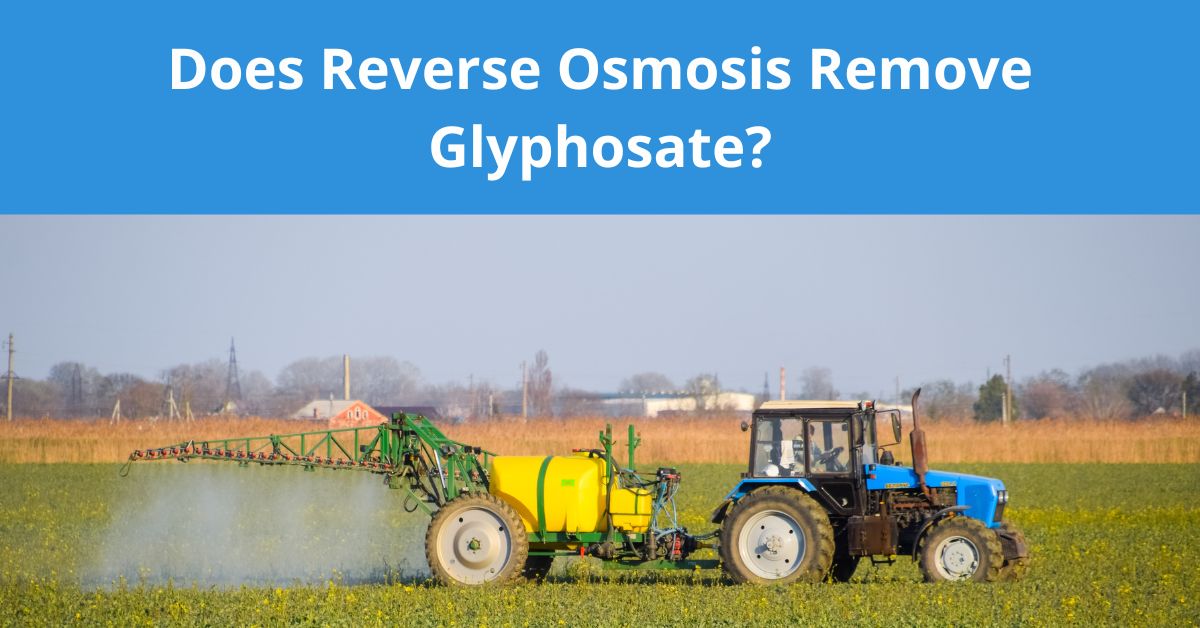
Does Reverse Osmosis Remove Glyphosate?
In recent years, concerns about water quality have been on the rise, with particular attention paid to contaminants like glyphosate, a widely used herbicide. As consumers seek ways to ensure their drinking water is safe, many turn to advanced filtration methods such as reverse osmosis. This article will explore the effectiveness of reverse osmosis in removing glyphosate and provide insights into other filtration options.
Understanding Glyphosate
Glyphosate is the active ingredient in many popular weed killers, including Roundup. Its widespread use in agriculture and landscaping has led to its presence in various water sources, raising concerns about potential health impacts. While regulatory bodies set limits on acceptable levels of glyphosate in drinking water, many individuals prefer to remove it entirely from their water supply.
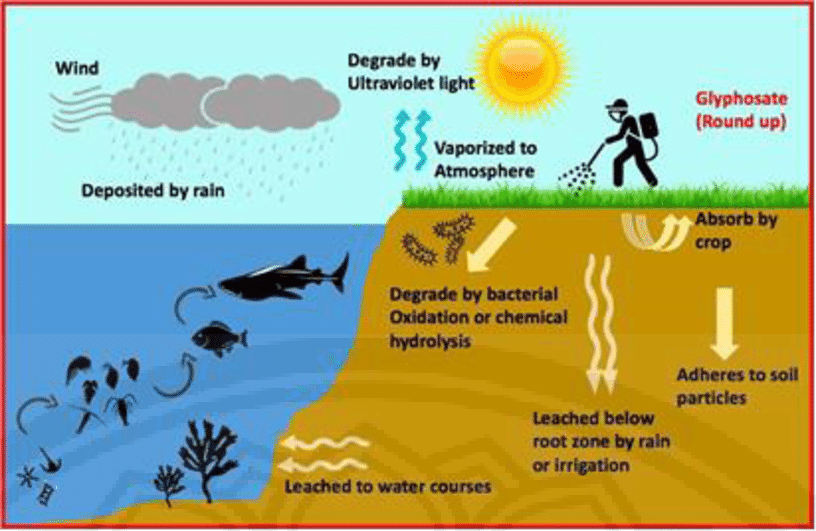
Source: ResearchGate (https://www.researchgate.net/figure/Distribution-and-transportation-of-glyphosate-into-aquatic-organism-and-environments_fig2_340137039)
Reverse Osmosis: A Powerful Filtration Method
Reverse osmosis (RO) is a water purification process that uses a semi-permeable membrane to remove a wide range of contaminants, including many dissolved solids, bacteria, and various chemicals. The process works by applying pressure to push water through the membrane, leaving impurities behind.
Does Reverse Osmosis Remove Glyphosate?
The short answer is yes; reverse osmosis is highly effective at removing glyphosate from water. Studies have shown that RO systems can remove more than 99% of glyphosate from water, making them one of the most efficient methods for eliminating this herbicide.
If you want to buy reverse osmosis water filter, consider reverse osmosis under sink water filter that are particularly popular for their ability to provide a continuous supply of purified water directly from a dedicated faucet. Installed beneath the kitchen sink, these systems effectively remove glyphosate and a wide range of other contaminants.
For those who prefer a more portable option, a benchtop reverse osmosis water filter offers similar filtration capabilities without the need for permanent installation. These units are ideal for renters or those who want the flexibility to move their filtration system.
Reverse Osmosis Under Sink Water Filter
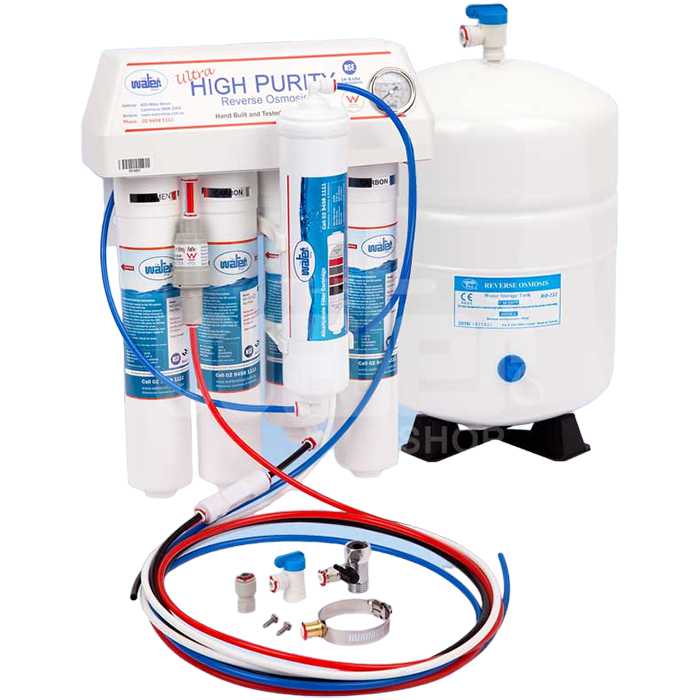
Reverse Osmosis Countertop Water Filter
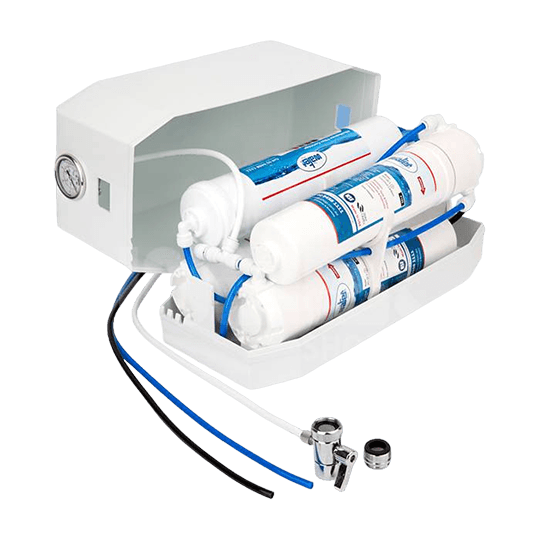
How Long Does Glyphosate Stay Active in Water?
Glyphosate’s persistence in water can vary depending on environmental conditions. In general, glyphosate can remain active in water for several days to weeks. Factors that influence its longevity include:
- pH levels: Glyphosate tends to break down more quickly in acidic environments.
- Temperature: Higher temperatures can accelerate the breakdown process.
- Microbial activity: The presence of certain microorganisms can help degrade glyphosate.
- Sunlight exposure: UV radiation can contribute to the breakdown of glyphosate in surface waters.
- Water chemistry: The presence of certain minerals and organic matter can affect glyphosate’s stability.
It’s important to note that while glyphosate may break down over time, its degradation products can also be of concern. This is why effective filtration methods like reverse osmosis are crucial for ensuring water purity.
How Do You Remove Glyphosate from Water?
Reverse osmosis is highly effective, but it’s not the only method for removing glyphosate from water. Here are several approaches:
- Reverse Osmosis: As discussed, reverse osmosis water filters are excellent at removing glyphosate. Both under-sink and benchtop models are effective.
- Activated Carbon Filtration: High-quality activated carbon filters can remove a significant amount of glyphosate. Many benchtop water filter systems use activated carbon as their primary filtration method.
- Distillation: Water distillers, such as the Megahome water distiller, can effectively remove glyphosate along with many other contaminants. Distillation works by boiling water and then condensing the steam back into liquid form, leaving contaminants behind.
- Nanofiltration: This method uses membranes with even smaller pores than reverse osmosis, potentially providing even higher removal rates for glyphosate.
- Ozonation: While primarily used for disinfection, ozone treatment can also help break down glyphosate in water.
- Advanced Oxidation Processes: These methods use combinations of oxidants, UV light, and catalysts to break down complex organic compounds like glyphosate.
Choosing the Right Filtration Method
When selecting a water filtration system to remove glyphosate, consider the following factors:
- Efficiency: Look for systems with high removal rates for glyphosate and other contaminants of concern.
- Capacity: Ensure the system can produce enough filtered water for your daily needs.
- Maintenance: Consider the frequency and cost of filter replacements or system upkeep.
- Installation: Decide whether you prefer a permanent installation (like a reverse osmosis under sink) or a more portable option (like a reverse osmosis countertop or benchtop water filter).
- Additional contaminants: If you have concerns about other pollutants, ensure that your chosen system addresses them as well.
- Cost: Factor in both initial investment and long-term operational costs.
Environmental Considerations
While personal water filtration is important, it’s also crucial to address the root causes of glyphosate contamination. Supporting sustainable agricultural practices and responsible herbicide use can help reduce the amount of glyphosate entering our water systems in the first place.
Reverse osmosis is indeed an effective method for removing glyphosate from water, with removal rates exceeding 99%. Whether you opt for a reverse osmosis under sink water filter, a reverse osmosis countertop water filter, or another high-quality filtration method like a Megahome water distiller, you can significantly reduce your exposure to glyphosate and other water contaminants.

